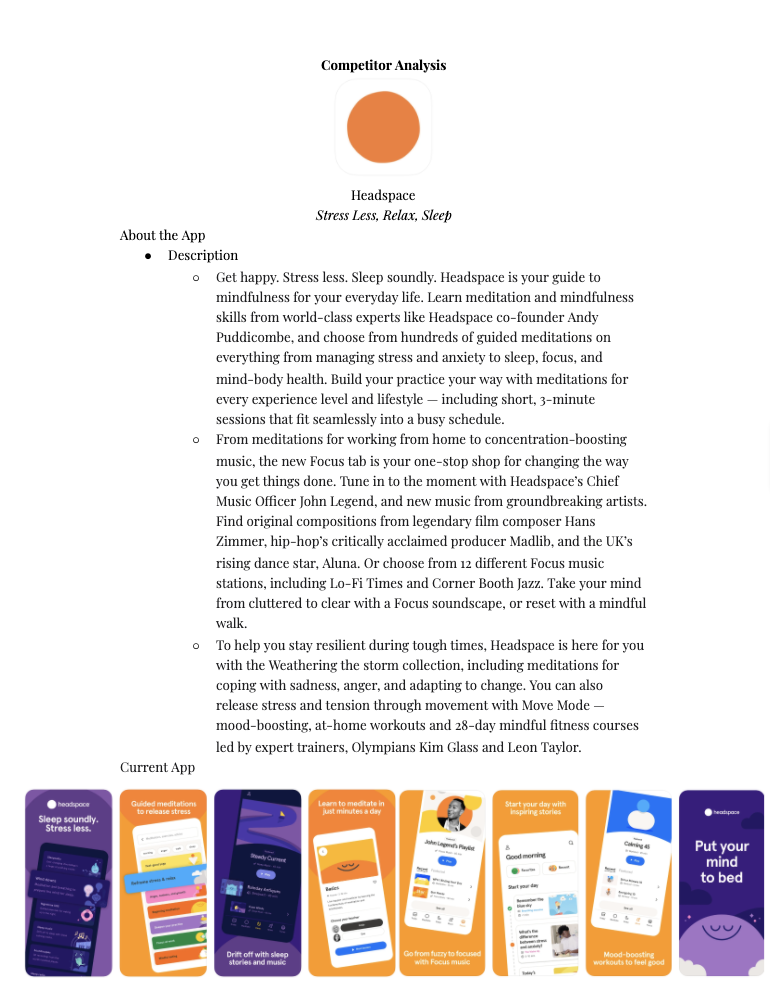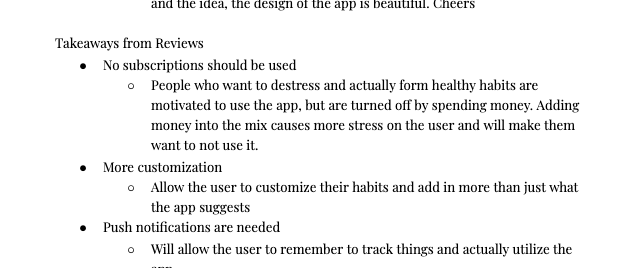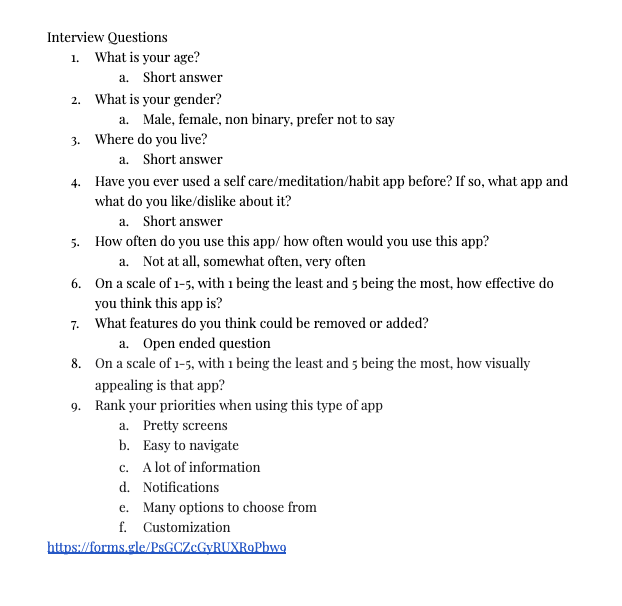
When you think of a designer, not many think of research. People’s minds tend to go to beautiful work displayed in seamless ways. But being a designer is about a lot more than looks; good designs must have good functionality as well. This is where research comes in.
Researching for an upcoming design can take on a variety of forms. Although there is much ambiguity in the design research process, most designers follow these basic steps:
- Review your product and solution to a problem
- Research and document findings of competitors
- Complete a competitor analysis by analyzing the strengths and weaknesses between competitors
- Conduct user interviews surrounding the product
These steps are just the tip of the iceberg in the complete UX research process, but they are offered as a starting point.
Competitive analysis is a huge task that reaps many benefits in design work. It is defined as “Identifying your competitors and evaluating their strategies to determine their strengths and weaknesses relative to those of your own product or service” (A Product Designer’s Guide to Competitive Analysis). Taking the time to do this analysis will allow designers to find what’s lacking in the product market and soar to their success.
To complete competitive analysis, researchers generally pick from 3-5 competitors they want to study. These competitors can either be direct, those who do what you do and have the same target customers, or indirect, those who offer something similar to what you offer (How To Do A UX Competitor Analysis: A Step By Step Guide). Once competitors are decided upon, there are a variety of factors you can look at in order to assess their products. Some factors, besides overall strengths, and weaknesses, include but are not limited to:
- The tone and copy of the competitor
- Good and bad features
- User reviews
- Wait/load times
- Customer service
- Design
(How To Do A UX Competitor Analysis: A Step By Step Guide)
Once this information is found, researchers use their analytical skills to find ways to use this information. They analyze the information in terms of their product and how they can go about offering a more innovative solution.


Next, is user interviews. Just like any other interview, these interviews are cheap and consist of questions and answers. But specifically in user interviews, there are a few things to keep in mind in order to find success. In terms of the interview process, the user is the top priority. Make them comfortable by sitting down across from them and staying engaged. Don’t become a distraction by taking notes. Having someone else present to take notes or record the interview is a good idea to help keep the interview focused on the user (How to Conduct User Interviews). Besides focus, you should also make sure not to persuade the user in any way. For example, being in an environment surrounded by your branding can pressure the user to say positive things about your brand (How To Conduct User Interviews Like A Pro (UX Design)). Try to keep things as neutral and objective as possible.
As for your interview script, make sure to get a good background of the user and not mislead them. Ask more open-ended style questions about how they are feeling and their approach to things rather than just asking what they need from your product. Again, focus on the user.

Overall, this research process will help tremendously in the final product design. When product designers go back to revamp their older product versions, it is UX research that is most important to them. This is where they will find valuable information about the user need’s in order to help them succeed.
